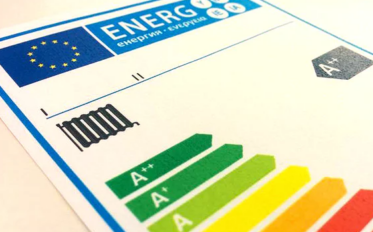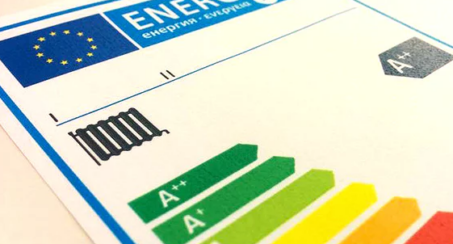Europeans consume around 2.4 million tonnes of coffee a year, which amounts to a staggering 350 billion cups brewed across EU households! With such an insatiable thirst for coffee it is unsurprising that an estimated 28 million coffee machines are sold each year in the EU and the trend shows no sign of slowing down.
This leads to about 10 TWh/year of electricity consumption, which could be substantially reduced thanks to aggressive auto-power down requirements and standby limits (to avoid continuously keeping the water hot when not in use).
What is the EU doing?
Coffee machines do not have their own specific policy measure, but have been addressed under an amendment to the Standby Regulation in force since 2015. Power management requirements stipulate when coffee machines have to switch to standby or off mode (ranging from 5 to 60 minutes after the end of different operations). As a result, electricity savings amount to 2 TWh/year are expected.
A review study published in 2017 highlighted that a further 0.7 TWh of savings could be achieved by 2030.
What does the Coolproducts campaign want?
-
Stricter auto-power-down functions, minimising as much as possible the time to go to standby (to avoid useless continued water heating)
-
Consideration of the indirect energy impacts of coffee machines, covering elements such as consumable single-use filters, pads, and capsules
-
Measures to promote repairability and recyclability of coffee machines at design stage
Coolproducts technical input and position papers:
2012 – Contribution to the European Commission revised working document
2011 – Contribution to the European Commission working document
2011 – Technical input to tasks 4 to 7 of the European Commission working document
Further reading
Hot Coffee blog – The European Commission responds to media misinformation



